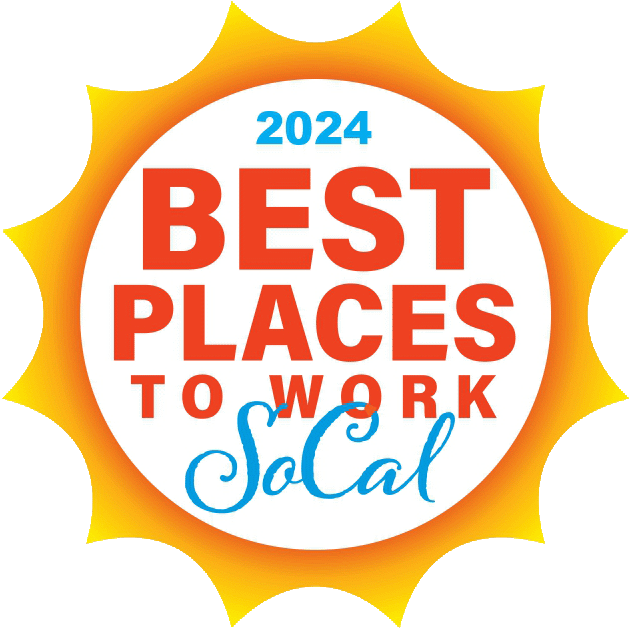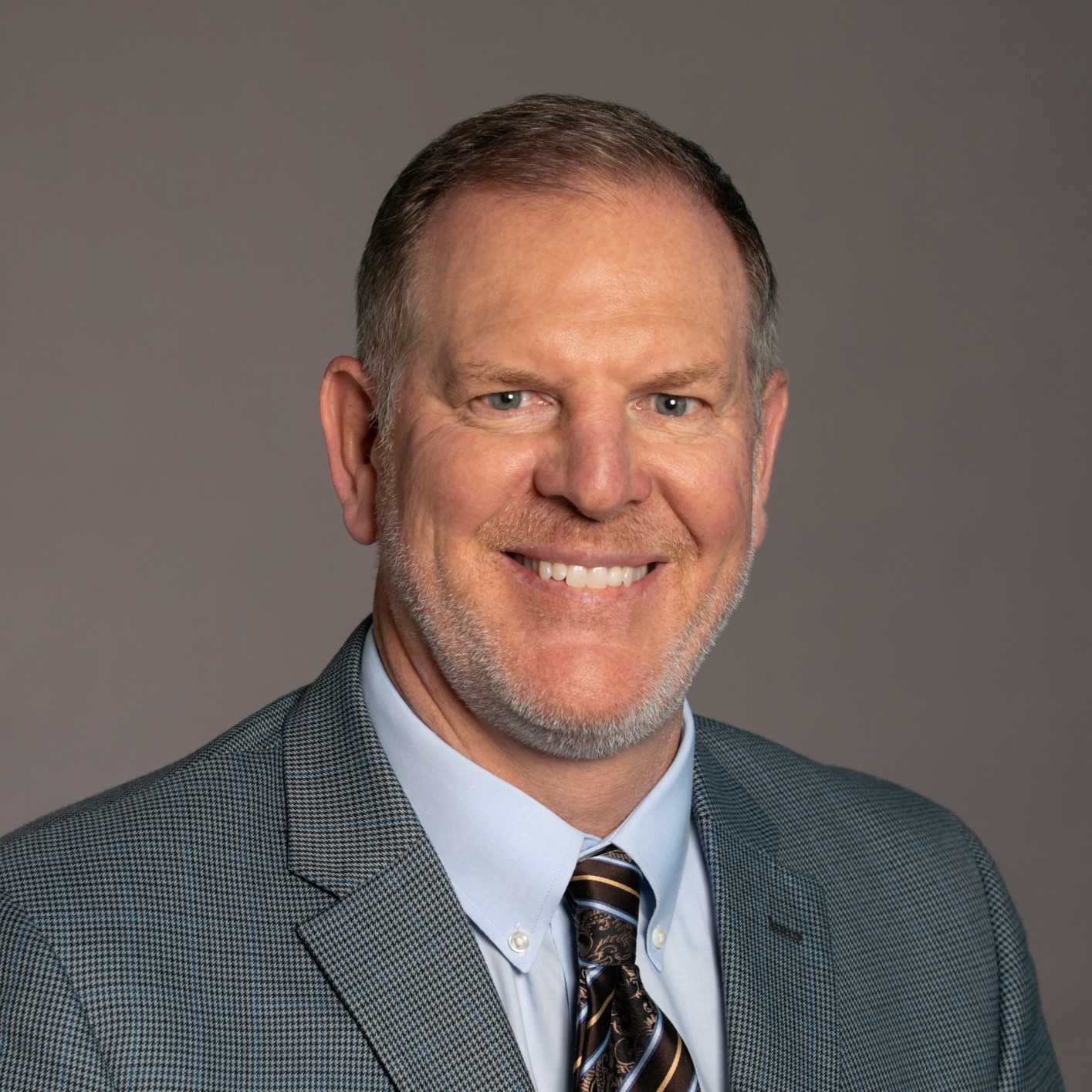Though deemed an essential industry, construction was another casualty of the pandemic — in California and across the country.
Last year saw more projects canceled in the United States than were started, the Associated General Contractors of America reported. Construction worker jobs declined in most metro areas.
In Southern California, new construction fell 8.6% in 2020, and employment fell 4% as of September, industry data showed. Permits for new homes fell 10% in the region to the lowest number since 2014.
Construction fell 29% in the Bay Area, and employment was off by 8%. New home permits fell 22% to the lowest level in eight years.
Statewide, construction jobs and new home permits both fell 5%.
“The roller coaster year of 2020 is over, but not forgotten,” Richard Branch, chief economist for construction research firm Dodge Data & Analytics, said in a company news release last month. “The scars from the pandemic and recession will be long lasting and resulted in significant declines across most construction sectors.”
In the midst of that gloom and doom, Pasadena-based construction company C.W. Driver Cos. kept busy, working on 40 projects from San Diego to Northridge. Gross revenues were up 15% last year to $615 million.
The 102-year-old company, which specializes in construction of school and university buildings, municipal facilities and community centers, announced in January it had just completed the Crown Valley Park Community Building in Laguna Niguel. The $32 million, 30,000-square-foot facility includes a pool, classrooms and fitness areas.
The firm also recently completed a kinesiology and athletic facility at Orange Coast College in Costa Mesa and currently is building a new language and social sciences building on that campus.
Other projects include fine arts centers, theaters, schools, homeless and animal shelters.
We spoke with C.W. Driver President Karl Kreutziger to find out how the company was able to buck last year’s trend.
Q: Construction declined in 2020. How were you able to stay so busy?
A: We never lost focus on our core markets, which is K-12 education, higher education and civic. Those are real reliable markets. They’re funded. When we came into 2020, that backlog was already there for us. What we had to do was execute what we had. That really stabilized us going into 2020. We did have some projects that took a temporary pause to figure out the market. But for the most part, we stayed on track.
Q: Which projects paused, and why?
A: I can think of an office project. You can figure out why that paused. We had a temporary pause on an athletic facility at Pomona College that then started back up again. And I think we had a hospitality project that took a pause. Those were two markets that took a heavy hit.
Q: Office and hospitality?
A: Yeah. I think they were just trying to figure out where the market was going, how they were going to rebound. We also have our Special Projects Group. That is a fast-paced construction entity that is able to bid, procure and build in the same year. So, those divisions of our company stayed very busy in other markets that were robust, like defense and some tenant improvement work.
Even in private education. What we found is because of students not returning to school, it opened up a window for them to get work done.
One of the other things that really helped, new tech companies were coming into Orange County and needing quick build-outs, and we just happen to have the opportunity to work with (them) in 2020.
Q: Why did construction fall in 2020?
A: If you were in a singular market, if you were heavily into corporate interiors for office buildings, if you were in hospitality, if you were in retail, if you were in a singular market that drove your revenues, then you were affected, surely.
Q: Did the pandemic create new opportunities for your company?
A: The one thing during the pandemic, we had the opportunity to build a homeless shelter called the Yale Transition Center for the county of Orange.
That was actually accelerated through CARES Act funds because government wanted to take care of the homeless and get them in these shelters. We were able to deliver at the end of the year.
Q: How do you keep your employees safe from getting the virus?
A: We immediately pivoted and went virtual (for most of our) 300 people. On March 17, when I walked out of the office and said, time to leave, people literally picked up and left.
We put a COVID task force together internally. We have legal, we have operations, we have HR. That was really the vehicle that interpreted all these notifications from the governor.
There was probably a good week of confusion. Are we going to work? What do we do? Every day it became more clear.
We’re in San Diego, we’re in Los Angeles, Northern California. Orange County had different standards than L.A. County. We had to follow all of these things depending on where our projects were.
Q: What precautions did you take for your field crews and for your subcontractors’ construction workers?
A: It starts right at the front. The PPE is essential, the masks. What we do is we have symptom checking. Right when you enter our site, you’re scanned and checked and logged in. A standard set of questions. How do you feel? Have you been in contact (with anyone with COVID-19)?
That’s our first line of defense.
We always make sure hygiene procedures (are followed). We doubled or tripled those for hand washing and toilet facilities. We’ve mandated the 6-foot rule.
Q: How do you do that when you have two guys who have to hold some lumber in place or some rebar?
A: It’s kind of retraining. We have full-time safety people on the site. It’s education. Think about it. For doctors, nurses, (controlling transmission) is all part of their training. We had to transfer that information into a construction worker.
Q: Did you have any outbreaks at any of your job sites?
A: I would say we had minimal cases.
We’re running 40 jobs. We’ve got probably under 10,000 workers every day. And what we would get on a project was maybe one case, two cases.
Q: Did you get COVID-19?
A: I did. I got it in December. I quarantined. I got through it. I felt I had to be out there supporting our field because we had to get our work done.
About Karl Kreutziger
Job title: President
Organization: C.W. Driver Cos.
City of residence: Villa Park
Education: Bachelor’s in construction management, Cal State Long Beach
Previous jobs and experience: Formerly executive vice president and partner at Howard CDM. Project executive at Snyder Langston
Five things to know about Karl Kreutziger
Married his high-school sweetheart
Lived in Spain for three years
Speaks fluent Spanish
Saved a person from a burning building
Enjoys vacationing with family and cruising Newport Bay on his 1954 Chris Craft boat, “No Corkage.”
As Seen In
The Orange County Register
Cherokee Tribune & Ledger News
Daily Breeze
Inland Valley Daily Bulletin
Los Angeles Daily News
Pasadena Star
Press Telegram
Redlands Daily Facts
San Gabriel Valley Tribune
The Press Enterprise
The Sun
Whittier Daily News
Orange County Business Journal (Print)


